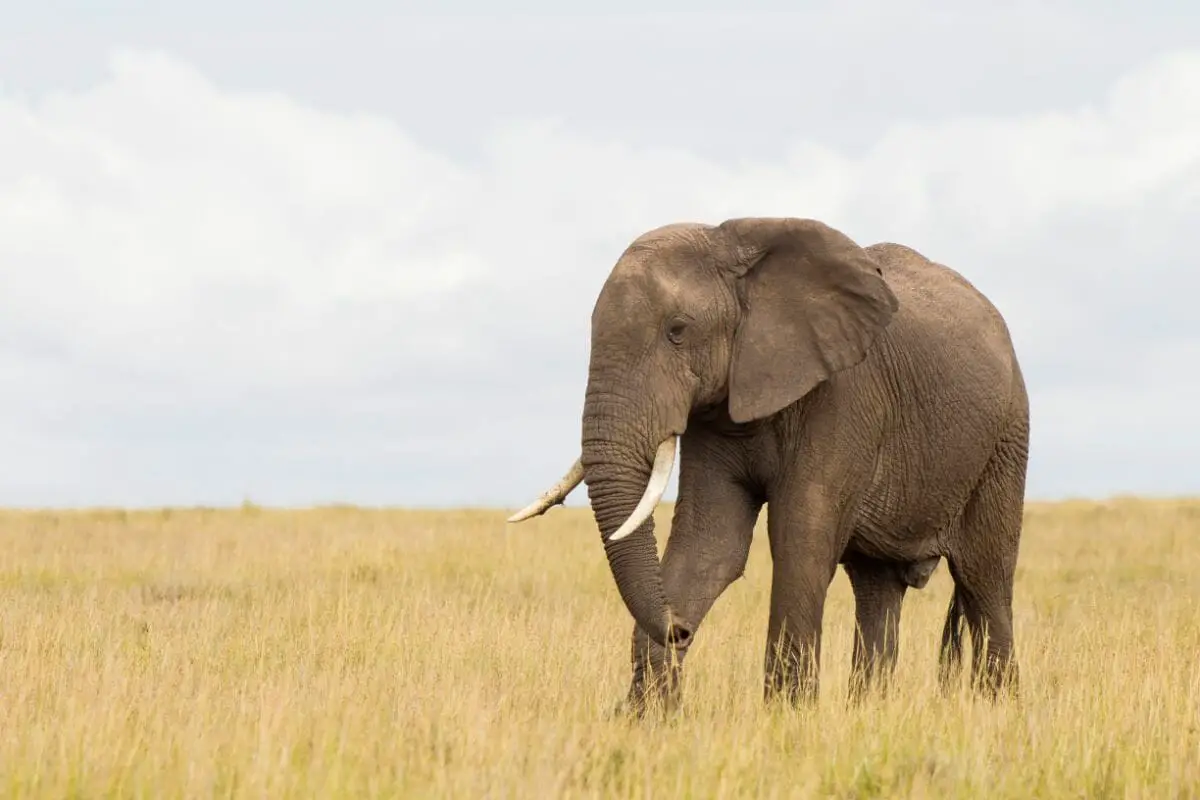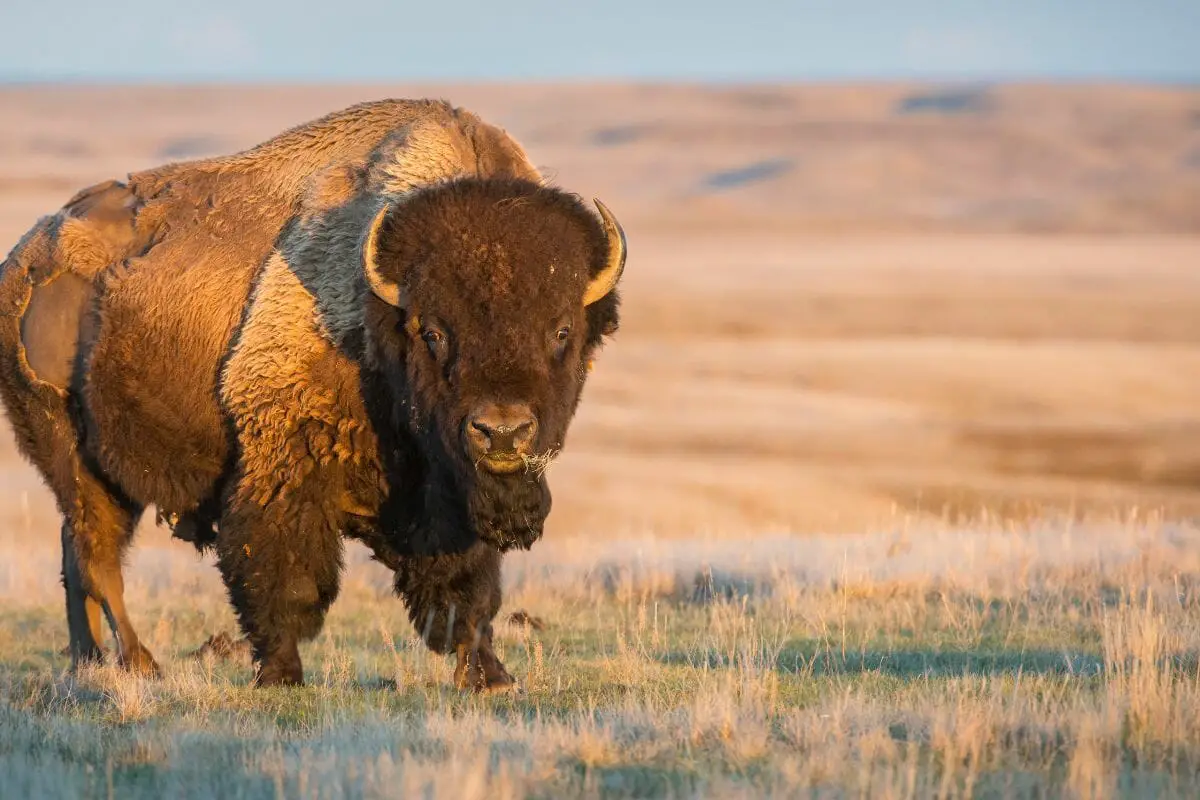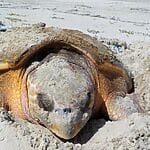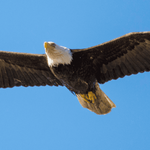There are many animals that can call grasslands their home and that rely on these grass-filled habitats in some way or another in order to survive.
Some of the most well-known and majestic animals, such as African elephants and lions, can be found in grasslands, which tend to have a very unique and diverse climate and a wonderful variety of species.

In this guide, we’ll start by explaining how the animals that live in grasslands have adapted to survive in such a habitat, and then we’ll detail our pick of the top 10 animals that actually live in grasslands!
How Have Grassland Animals Adapted To Survive In Their Natural Habitat?
Grasslands are large open areas of grass, so when it comes to both hunting and hiding, it can be very difficult for both predators and prey respectively.
So, for this reason, the animals that live there have had to adapt in some way or another as part of their survival technique.
Some of the ways in which these animals have adapted to their environment are:
- Speed – Enhanced speed is so predators can catch prey and prey can outrun predators in a single stretch.
- Camouflage – Some animals have evolved camouflage to make it easier to either hide or pounce out in the open plain.
- Social systems – Many herbivores have had to become social animals so they can hang around in large groups to better avoid or be warned of predators attempting to attack them.
Top 10 Animals That Live In Grasslands
There are many extraordinary animals that live in grasslands (see also: Animals That Live In Temperate Grasslands) so it was very difficult to pick a top 10, but below are our final choices of the ones we think deserve a place in the top 10!
1. Lion
Of course, we couldn’t open this list without starting with the majestic lion. Lions prey upon many of the herbivores that live in the grasslands, so it’s a natural hunting ground for them.
Their night vision is incredible and this is why they tend to hunt at night so they’re less obvious to their prey and can attack when they’re vulnerable by surrounding them in their packs.
2. African Elephant
African Elephants are the biggest land mammals on the planet and males can weigh as much as six tonnes. But, with these elephants, the female is in charge as they consist of a matriarchy.
They’re known as engineers of the ecosystem because they help other species by creating waterholes, spreading plant seeds to maintain soil health and breaking up small trees and bushes to maintain the grasslands in which they live.
3. Plains Zebra
As herbivores, plains zebras travel far and wide to graze on grass, particularly red oat grass. In fact, they spend the vast majority of their day eating.
They travel in big herds made up of different harems, which are small families that normally consist of a male (stallion), a number of females, and their offspring.
They’re very sociable animals and are protective of each other, always helping to defend one another against an attack by a predator.
4. Greater One-Horn Rhino
Native to Asia, Greater One-Horn Rhinos have a menacing black horn and a leathery looking hide that makes them look like they have body armor on. They weigh up to an impressive 6,600 pounds.
They use their horns for self-defense and for searching the ground for leaves, grass and fruits.
5. Bison
Most Bison are now only found in national or state reserves, parks and refuges in North America due to the fact that they almost became extinct when the Europeans settled in America.
These beasts forage for nine eleven hours per day, eating grass, lichen, woody plant leaves and plants.

In winter, they get rid of snow on the ground using their hooves and heads so they can find food, and in spring they shed the winter coats that they have.
6. Spotted Hyena
Spotted Hyenas are the biggest members of the hyena family and are commonly referred to as the ‘laughing hyena’ because of the noises they make.
The females lead the pack as they’re matriarchal, and a pack can sometimes contain 100 hyenas in it. An interesting observation is that even the lowest ranking female in the pack is still superior to the highest ranking male in the pack.
They normally compete with lions for their prey and will eat lion cubs if they get the chance.
7. Common Emu
Common Emus heavily resemble ostriches because they’re part of the same family, but these birds are native to Australia. They have a heavy need for water – drinking almost two and a half gallons a day – which is why grasslands are the perfect habitat for them.
They’re omnivores and eat seeds, fruits and small vertebrates. They’re also aggressive when threatened and will kick any predators away with their legs.
8. Swift Fox
Native to North America, Swift Foxes are found on the Great Plains and are small whilst also being fast and agile so they can easily catch their prey. They can actually reach up to 25 miles per hour.
They rely on short grasses in order to look for and hunt down their prey. They make their own little dens and stay in them all year round.
9. Saiga Antelope
Saiga Antelopes live in the Eurasian steppes and are odd looking creatures that have big horns. They also have bulbous noses which filter out dust during their dry summers, warm the air in their cold winters, and also help them create their high pitched mating calls.
They usually hang around in big social groups with one male and 30 to 50 females.
They’re also, unfortunately, highly endangered because of climate change and poaching.
10. Long-Billed Curlew
With a football shaped body and a long curved bill, Long-billed Curlews utilize their bills to peck insects on dry grasslands. They also eat shrimps and worms out of the breeding season in mudflats and wetlands.
They have to breed in environments with sparse and short grasses.
Final Thoughts
We hope that this guide has enlightened you and helped you learn more about all of the grassland animals we’ve included in our top 10!








